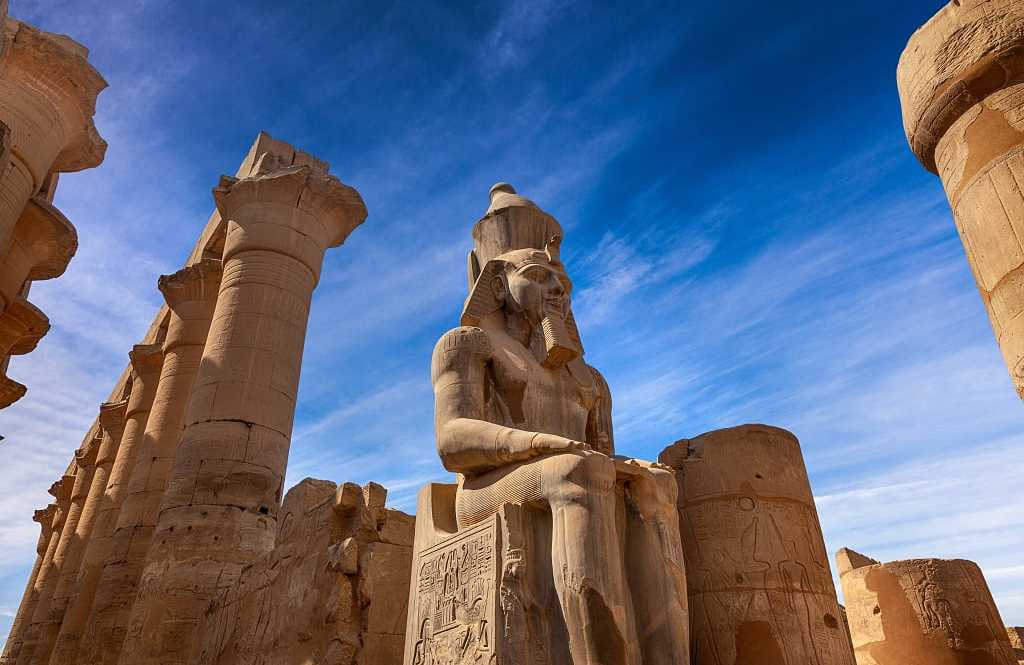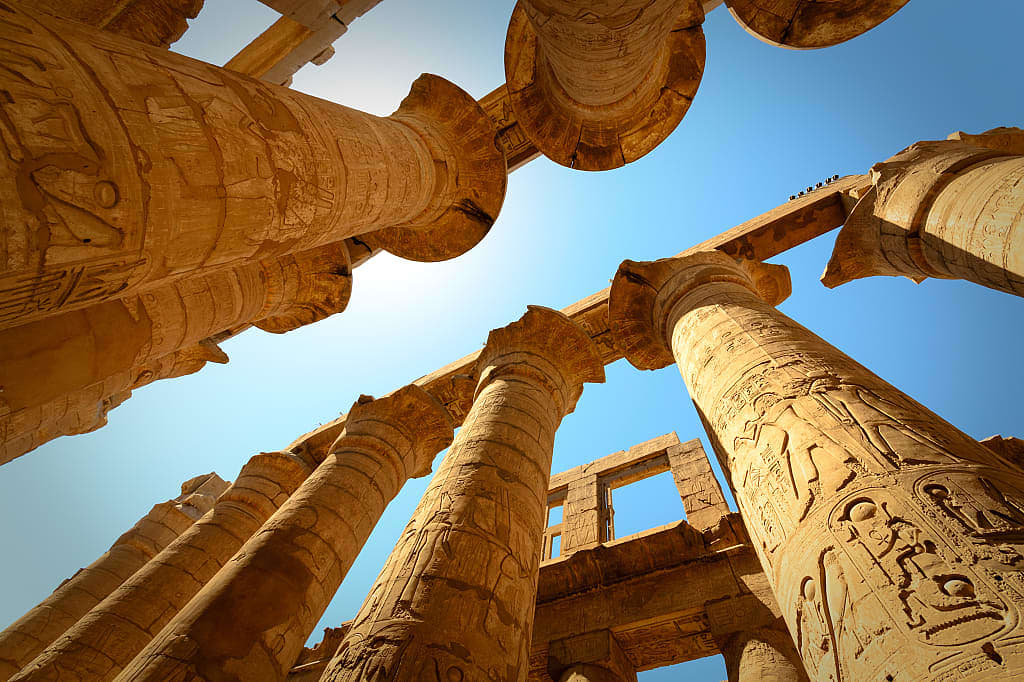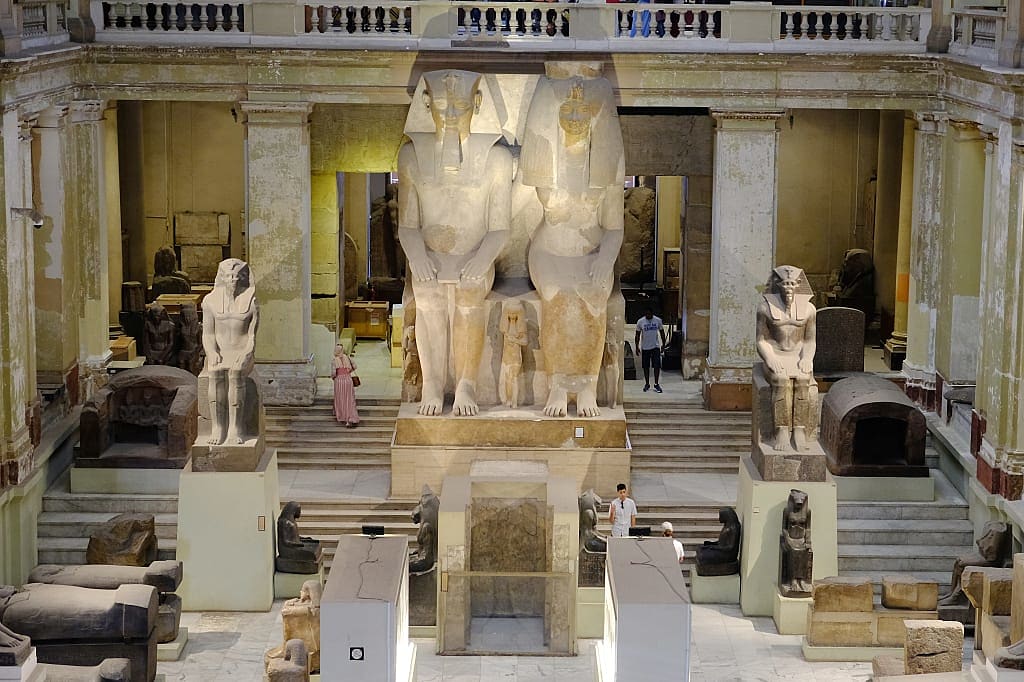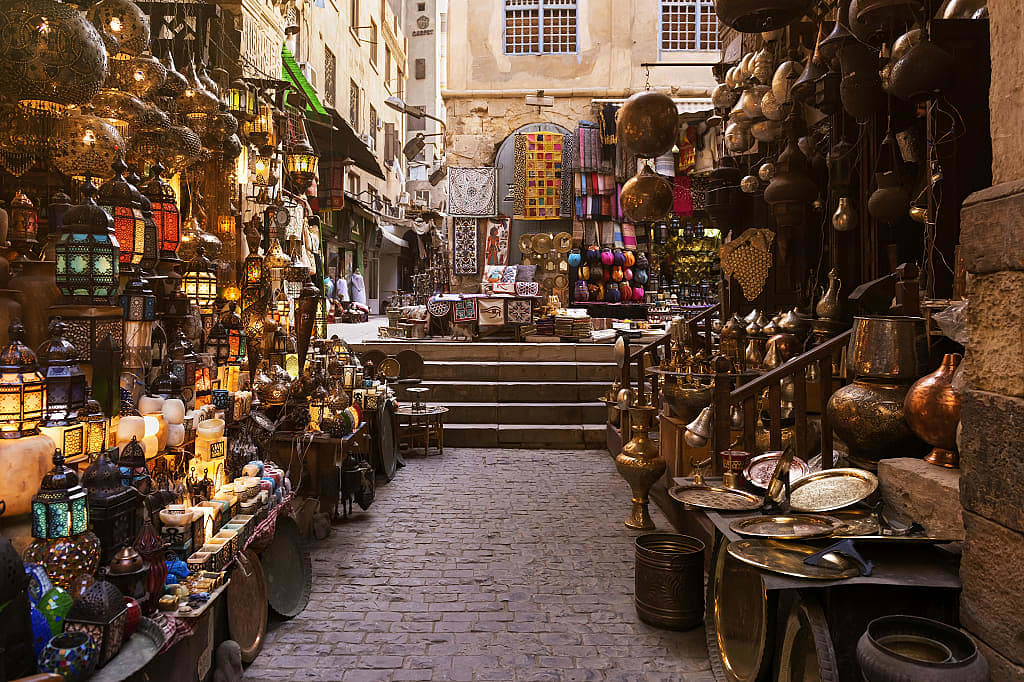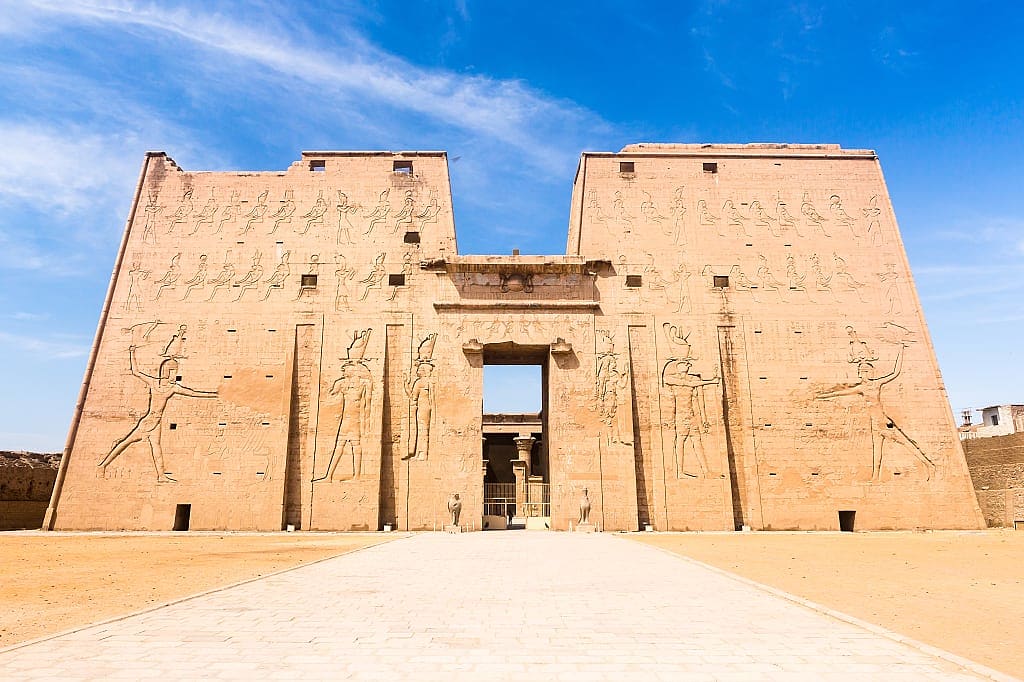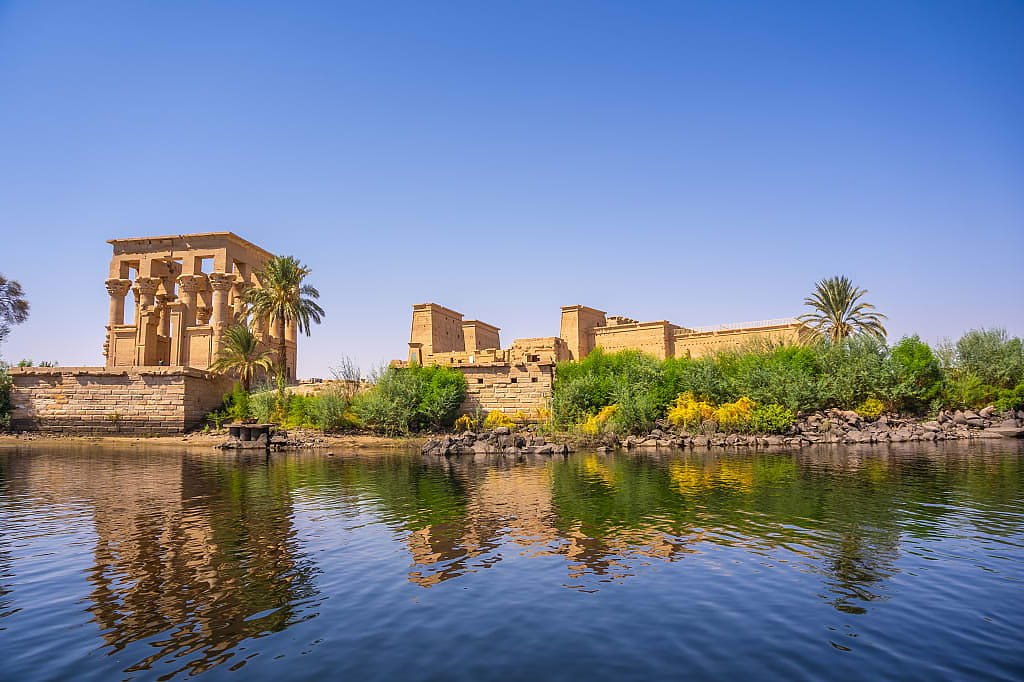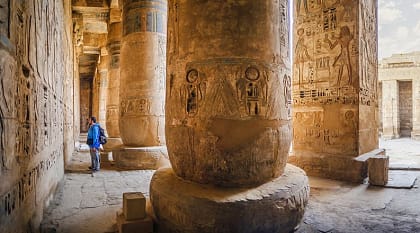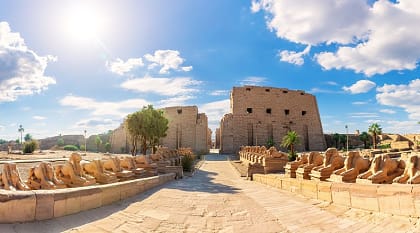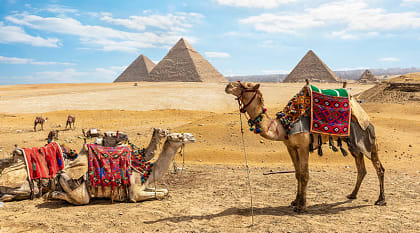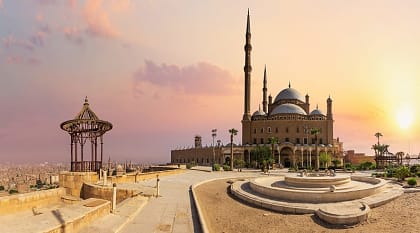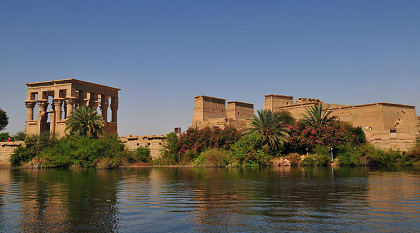The majesty of the three pyramids at Giza is a sight any traveler to Egypt cannot wait to behold. Part of the Seven Wonders of the Ancient World, the Great Pyramids are impressive in sight and structure, comprising blocks that weigh an average of two tons each.
Step inside the Cheops Pyramid on a seniors’ tour and wind your way through the internal burial chambers, mindful of the small space you are in. Walk around to get a glimpse of these giant structures from all angles and if the mood takes you, take a camel ride after snapping a shot of all three from a popular vantage point.
